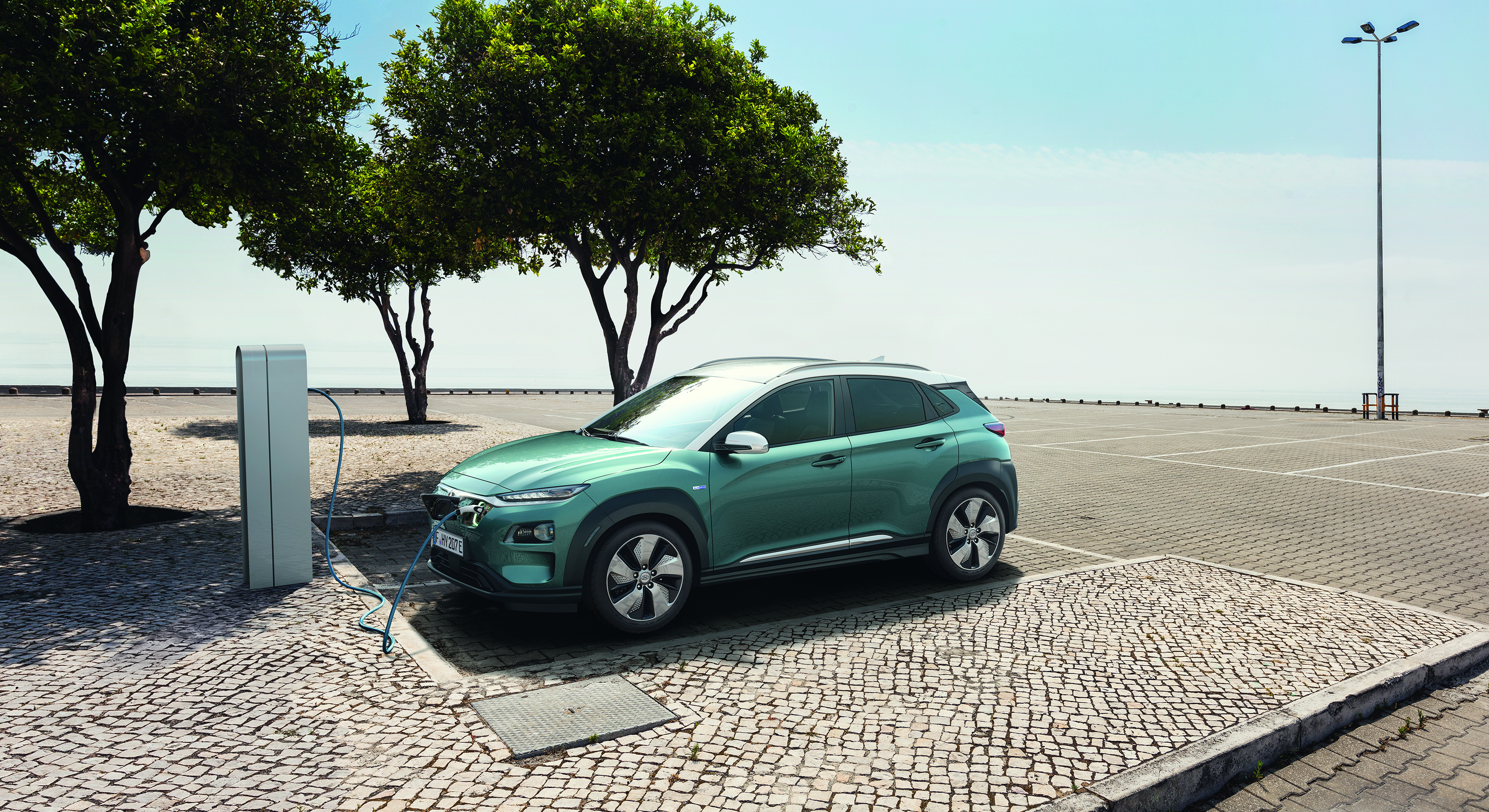Basic electric vehicle vocabulary you must know
It’s time to populate your brain’s word bank with electric vehicle glossary and here are some common EV terms that you should know
 All new Hyundai Kona electric
All new Hyundai Kona electricThe automotive industry is undergoing a paradigm shift. Manufacturers are ramping up their investments and research on greener technologies and even purists are convinced that EVs are the way forward, even though they lack the aural thrill of fossil fuel powered ones. It is time for us then, to get familiar with the EV terminology that will be widely used in the future. Educate yourself in quarantine and help beat the coronavirus blues by improving your e-vocabulary.
AC Fast Charging: AC stands for alternating current that reverses the direction of the current at regular intervals. It’s usually connected to a 120V wall outlet that allows charging levels of up to 7.4kWh, enough to juice your EV up in up to 8 hours. The Hyundai Kona Electric, MG ZS EV and Tata Nexon EV get AC fast chargers along as standard accessories.
Battery Electric Vehicle: Any vehicle that uses an electric drivetrain comprising of a battery and one or more electric motors as the primary or secondary mode of propulsion.
CCS plug: Combined Charging System supports a standard seven-pin plug enabling vehicles to charge via AC or DC fast chargers. CCS is the most common charging system across the world as of now, including India.
Charging: IC engined cars get refuelled at gas stations. EVs on the other hand need to be charged. The batteries are refilled with electricity at dedicated charging stations or wall chargers at homes or offices.
DC Fast Charging: Direct Current – It’s the fastest way of charging EVs. It approximately takes one hour to get an EV fully charged with a DC fast charger. However, these chargers are scarce. They’re expensive and use a lot more power compared to an AC fast charger. MG Motor India have installed 10 DC fast chargers across India – four in Delhi NCR, two in Bangalore, two in Mumbai and one each in Hyderabad and Ahmedabad.
FCEV: Fuel Cell Electric Vehicle – they use hydrogen powered fuel cells to generate electricity that powers the drivetrain. It’s an extremely complex system initially patented by Toyota Motor Corporation. Toyota eventually opened the patents for royalty-free use to other manufacturers in an effort to popularize FCEVs, deeming the breakthrough as important as Volvo’s seatbelt innovation in 1962.
ये à¤à¥€ पà¥�ें- Living with an electric car: The Hyundai Kona Electric
HEV: Hybrid Electric Vehicles are propelled by an IC engine and one or more electric motors. HEVs usually recharge their battery via brake energy recuperation and/or by deriving power from the engine. Toyota Prius and Camry Hybrid are two of the most popular self-charging hybrids globally.
Incentives: Usually provided by state or central governments to encourage buyers to purchase EVs. Incentives include subsidies in purchase price, free parking, zero or reduced road tax among other exemptions. FAME (Faster Adoption and Manufacturing of Hybrid and Electric Vehicles) is one such scheme in India.
kWh: The energy transmitted in one hour by one kilowatt of power (kW). It’s an electric car’s equivalent of litres of fuel in a fuel tank. Battery size is measured using the kWh unit while electric motor’s output is measured using kW - 1.34hp equalling one kW.
Lithium-Ion: The most common rechargeable battery that provides optimum energy density and great efficiency. Most carmakers provide long term warranties on their batteries but their life cycle is estimated to be the same as the life of the car (8-10 years).
PHEV: Plug-in Hybrid Electric Vehicles usually offer better pure electric range compared to HEVs. The batteries are slightly larger and they can be charged externally. They also use brake energy recuperation to charge.
Range: The distance than can be covered in a pure EV before the battery runs out of juice.
ये à¤à¥€ पà¥�ें- Tata Nexon EV vs Hyundai Kona Electric vs MG ZS EV: Electric SUV comparo
Range Anxiety: An anxious feeling while driving an EV with a fear that the vehicle’s battery will run out of charge.
Regenerative Braking: Most EVs are equipped with brake energy recuperation technology that charges the battery while the vehicle is slowing down. This helps extend the range and also helps slow down the vehicle in similar manner as engine braking in ICE powered cars.
Zero Emissions: An emission standard where EVs emit zero tailpipe pollutants. ICE powered cars release harmful gases like carbon monoxide ad nitrous oxide that can be potentially lethal if there’s prolonged exposure. A zero-emission vehicle is completely carbon neutral.


